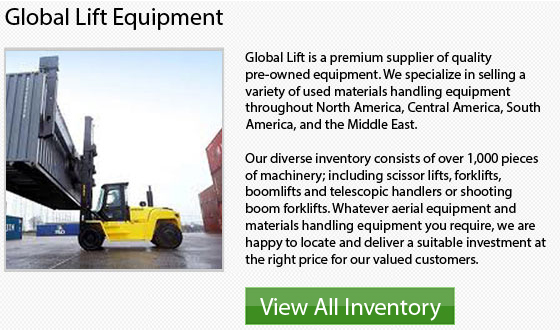
In order to operate any type of lift truck, specific OSHA requirements have to be met. Several companies provide basic awareness training to other individuals like visitors and office employees or sales people and other non-operators who might venture into the warehouse or yard. Though OSHA doesn't specifically address forklift pedestrian training, the OSHA General Duty Clause dictates that employers must take measures in order to protect employees from certain risks, like pedestrians exposed to lift trucks in motion.
A big concern which would have to be dealt with is pedestrian safety. According to the National Institute for Occupational Safety and Health or NIOSH; approximately 20% of all forklift mishaps include a pedestrian being struck by a forklift. This statistic translates to approximately 19,000 people on a yearly basis.
However briefly or frequently individuals are around industrial trucks in their work day, there are several basic steps that must be taken so as to keep everybody safe. Among the major considerations is that forklift pedestrian accidents usually occur in cases where the pedestrian is ignorant of safety precautions. Problems also happen more often when the pedestrian ends up complacent since he or she has become used to frequent interaction with forklifts.
In order to avoid putting yourself at potential risk of being struck by a forklift, there are some common situations to look out for. Among the most common problems is when pedestrians did not see the forklift. A lot operations have various degrees of blind corners or intersections that pedestrians should be aware of. At times pedestrians do not hear the lift truck. Be really careful of the various types of power sources. For example, electric trucks can be much quieter than IC engines that are really loud.
The other major problems are when pedestrians come in too near the equipment. Common sense tells us that in order for a pedestrian to be injured by a forklift, the pedestrian needs to be near to be struck. For a forklift that is working, a four foot safety zone is recommended so as to make a safe perimeter for everybody. This really helps to address risks like for example the unit accidentally driving over a pedestrian's foot.
To make sure that the workplace safety remains paramount and stays top notch, the implementation and following of strict safety protocol is vital.